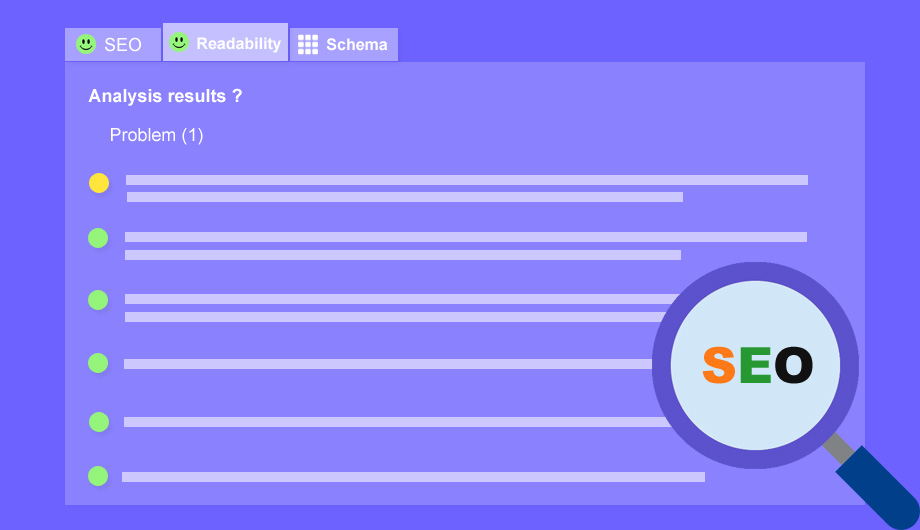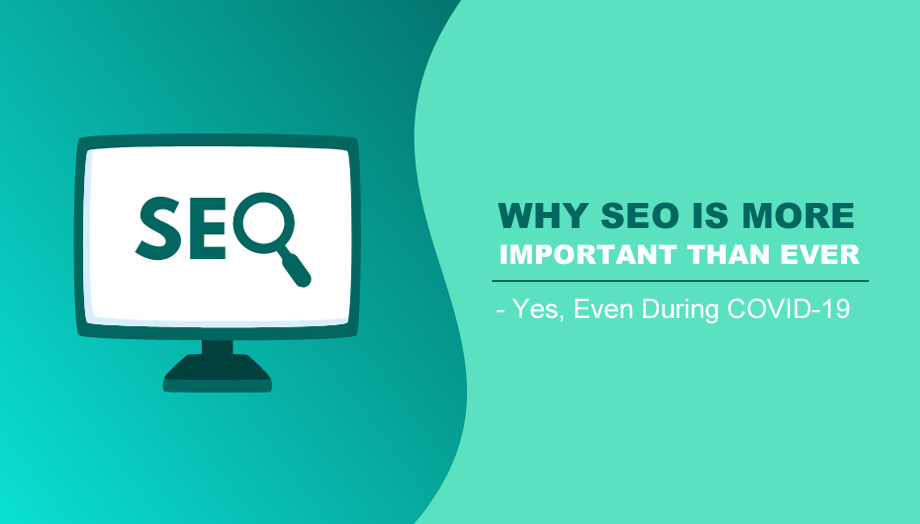Any Writer's, blogger's, basically any content creator's biggest dream is always that their creation reaches…
Core Web Vitals: The Page Experience Is Coming, And It Could Be A Big One

It is a widespread fact that content has ruled for a long time on the search engine’s development boundary. For natural traffic, you require nothing but web pages. Such pages require a particular rank for various and heavy keywords. Suppose you can get (or organically earn) administrative links to such pages. By these steps, your site will be successful in no time.
And what about the technical aspect of SEO?
Orphan pages, mobile UX, HTTPS, site speed, link structure, and 404s–what roles do they play in getting the natural traffic to your page?
They, of course, play a very significant role in getting traffic naturally to your site. But the role will be much bigger than expected once this update is out. This is because this update will combine a new bundle of metrics, which will be known as Core Web Vitals, to which Google has implied as page experience.
Read further to know about the three core web vitals and clarifications about page experience.
This update ensures that there is a genuine effect on the search results. Looking over to that fact, it is crucial to arm yourself with tools for keeping a tough SEO for business and knowledge.
What Are Core Vitals?
To understand Google’s latest update, you need to understand core web vitals. According to Google’s latest update in 2020, it is a basic need for a particular site’s technical health.
According to Google, many real-life, user-based metrics measure the primary sides of the user experience. It also quantifies the aspects of web utility like the stability of content, load time and interactivity, while it is loading. To a novice, core web vitals in the form of google indicators come into your mind, used by google to supervise a particular page’s experience. Every core web has its technical term.
But they also represent their loading speed. Google has kept its mouth shut regarding the switch in the algorithms and how they affect your site, as they want to enhance transparency. However, they give us a guide to follow to adjust for switching in the algorithms.
Google’s core web vitals are listed below
- Biggest contentful paint (loading): Methods consider loading speed and point it in the area on the page where the page’s primary content has been loaded.
- Cumulative layout shift (stability): quantifies stability of the vision and measures the quantity of the unanticipated layout switch of visible page subject.
- First input delay (interactivity): quantifies responses and measures the users’ feedback when trying to get with the page for the first time.
In simple words, the above three metrics quantify the duration of getting onto your page, the ability of the user to start communication with your page, and the user’s ability to be disturbed because of switches in your page’s layout.
Core web vital report has been added in the search console by google. Go to the search bar, and you can get an easy look at the appropriate and non-appropriate.
Go for bad or improvement required options, and Google will let you know what’s wrong with your page.
After that, you can validate server error solutions, 404 solutions, and crawl solutions through the coverage details. You can now allow solutions to your core web vitals on a bull basis or page-by-page.
Google has added the same guide in all the PageSpeed insights details. Type the URL of your page, and Google will let you know if your page meets the particular needs for the healthy core web vitals.
It is a fair landmark switch in how Google looks at and reports the page’s experience. Along with that, it is also a landmark switch in the power of businesspersons to solve the mechanical defects on the site, which affects the UX.
Including mechanical presentation in its search algorithms is not new for Google. Previously they also did it with Speed Update (rankings used to happen based on speed) and Mobilegeddon (used to rank according to the mobiles-friendliness). But this new update seems to be a little different compared to this update.
What Is Google’s Feedback Update?
According to Google, the feedback update is a “new signal which merges core web vitals with already existing signals for its feedback to provide an easy view of the user’s feedback quality.”
In the above quote, “existing signals for its feedback” implies HTTPS safety, mobile-friendly, intrusive interstitial guidelines, and secured surfing.
Mixed, this provides us 7 search signals to make us comprehend pf page’s experience.
When Will This New Update Be Out?
This is what Google said about the new update.
“We know that a lot of website owners are focusing on how to fight covid 19. These updates are not bound to happen this year. As our team has decided, we will inform you 6 months prior regarding the update. We Are giving you the equipment for you to do the preparation. So, there is no requirement of taking any prompt action”. (October 2020)
As they have mentioned, they will notify us about it 6 months prior. But till now, they have not been notified about any of it, so it was anticipated that till May 2021, they might drop some news about the new update. They still haven’t done that, which means that the ‘no requirement of taking any prompt action’ clause is still valid.
If you are glancing at your core web vitals at the present moment and looking at a lot of improvement required URLs, then you have a lot of work on your plate. Adjusting page feedback along with maintaining content value is not everyone’s cup of tea. As useful and rich content is not similar. You will interact with users better if your content is deep.
How Should I Prepare My Site For The Feedback Update?
One suggestion of the feedback update is that if you own a business, this will, perhaps, not be effective but will make a bigger impact on stories. Publishers desire trending stories. So, if you are a small news outlet, you must get to know more about core web vitals as soon as possible. According to Google, top stories are particularly affected by this update.
For local businesses, SaaS enterprises and online sellers, etc., we recommend you to take the update earnestly. There is only one way to get the benefits of search engine optimization, and that is by making great content.
Technical suggestions have always played a significant role in deciding the search rank, and because of that, the page’s feedback update is not different. You cannot know how much the effect will be. Because if you own a site with bad-to-middling phone UX and site resistance which is still regularly rated on the page of the search solutions. It is simple to predict that you might not have any chance with bad web vitals if you want to give and make good content.
The main thing is, asking yourself the worth of taking the risk. Please take your time to get into the core web vitals. Open GTmetrix, Page speed insights, and the other dive and like components that are affecting its performance.
How Much “Teeth” Will This Update Have?
There are only two things that will make a bigger impact on the SERP other than the already technically equipped algorithm switches:
- When Google releases the feedback update, it might be a full year since the announcement. And you never know, it also might take longer than one year.
- Google has made a bunch of metrics and details on purpose to give it to the webmasters; business and SEOs owners are similar to the palpable actions required to heal their core web vitals and supervise their SEO.
Conclusion
The cynic will say google is smartly heading in the opposition of blowback under the tag of honesty and transparency. Who says it’s not honest and transparent?
According to SEO, whenever this update will be out and your traffic declines, please don’t write articles about your displeasure. In these present times, Google is promising honesty and transparency. Let’s hold on to that.




This Post Has 0 Comments